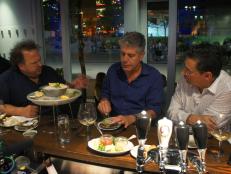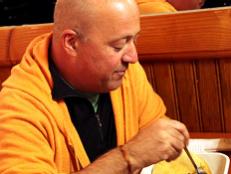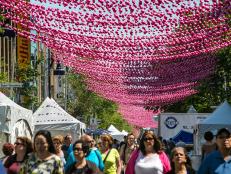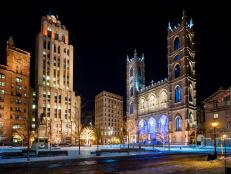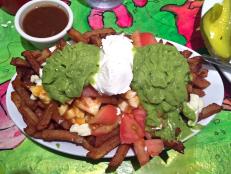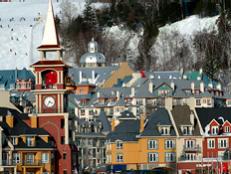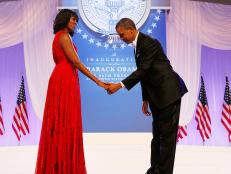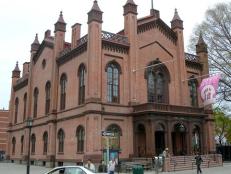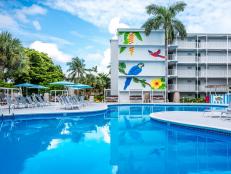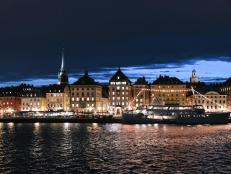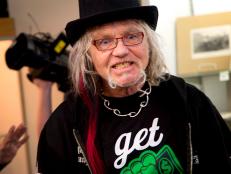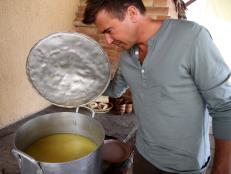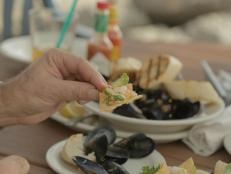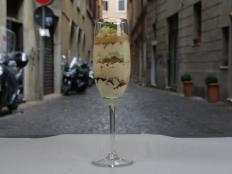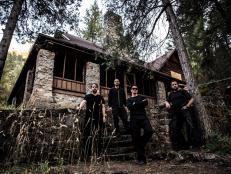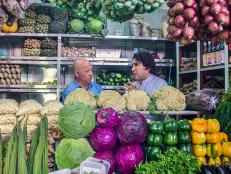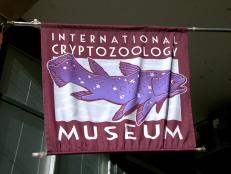The Independent Spirit Is as Strong as Ever in Montréal
A vibrant community of artists and makers are redefining the city's creative and entrepreneurial direction.

© Tourisme Montréal - Madore, Daphné Caron
Between all of the shiny new architecture and 19th-century old money, Montréal is still a working-class city.
“La Métropole” bills itself as the ideal blend of Francophone flair with North American attitude, but just beneath the surface is a layer of grit that reveals a thriving ecosystem of designers, artists and small brands making it in a market that merges both cultures in new and unexpected ways.
“It’s a very unconventional place,” says paper goods company Baltic Club co-founder Brice Salmon, a Parisian who relocated to Montréal from Lisbon in 2012. “Being French and from Paris, I feel like I’m home and abroad at the same time. Francophones’ virtual fight for the right to remain a cultural exception in North America fosters explosions in creativity and business here.”
This French sensibility takes shape through mindful artistic decisions both in location and conception. By merely taking a stroll down Saint-Laurent Boulevard through the Mile End neighborhood northeast of downtown – the epicenter of this community – you can feel the energy transfer into something palpable.

© Tourisme Montréal - Marie Deschene
The Mile End began as a new home for immigrants, housing waves of Jewish, Italian, Greek and Portuguese residents who worked in clothing factories. As many of the clothing factories shut down later in the 20th century, immigrant communities stuck around, finding new ways to establish themselves in a quiet slice of the city. Old warehouses and workshops became dormant as a result.
What came next follows the common thread of trendy districts around the world: Cheap rents drew shoestring companies back to these beautiful, skeletal buildings. Entrepreneurs, artists and designers led the way. Gaming giant Ubisoft opened their Canadian headquarters several years ago, paving the way for a large concentration of small businesses that have injected new life and purpose into the area.
“I think it speaks to our desire to be at the start, or the origin of something,” says TOMA Objects designer Léah Bellefleur. The small design company set up shop in an eight-floor studio building around the corner from Ubisoft. Each level is bustling with craftspeople ranging from the two-person shop she’s a part of to blistering fashion e-commerce brand Frank & Oak.
Perhaps a similar ethos drove the revitalization of Vieux Montréal – the city’s oldest neighborhood, representing 350 years of French-Canadian history – now the hub for tourists coming to experience Quebec.
“It’s beautiful, inspiring and inexpensive,” says Gabrielle Laila Tittley, a graphic artist and painter who creates under the name Pony.
She left the Mile End neighborhood in search of a quieter studio space, which she found in the Old Part that hugs the St. Lawrence River. She’s followed in the footsteps of other galleries and boutiques that found respite in Old Montréal’s charm and wishful redevelopment. In the early 1990s, artists began rediscovering the history of one of the oldest neighborhoods in North America.
Upstart showcases gave way to mid-range and higher-end storefronts that are now more the rule than the exception. Saint-Laurent Boulevard creates this division with the more touristy side to the north and the bevy of art to its south.
The grit and determination combined with the unique Québécois spirit leads to a fierce sense of pride around the city, regardless of medium, discipline or level of success.
Just across the street from TOMA and Frank & Oak is a smaller repurposed industrial building, home to M0851, which mainly produces leather goods with a 30-year lineage.

M0851
The family-run company was producing their wares in a few factories around Montréal, but consolidated operations in 2010, when they moved into their current space. M0851 has five stores in Montréal plus outposts in Vancouver, BC, NYC and Asia.
“The garment and textile industry is part of the Mile End history identity,” Marketing Coordinator Elise Gagnon-Levert says. “Over the years, it’s become a hub for all things creative, design and new technology. Being surrounded by young businesses that are constantly moving and evolving keeps you on your toes and makes you as a brand push the envelope.”
When Gagnon-Levert talks, there’s a notable uptick in her demeanor as she describes the joy of keeping a vast majority of their business local.
It’s not easy to do so, considering another piece of the Québécois attitude: appreciating the struggle. Part of the population’s fierce independence includes a fair bit of emotional and commercial suffering to get there.
“When you pass initial success, it’s like people say, ‘Okay, you’ve had enough,’” Tittley says. “That’s our trademark.”
It’s something that Frank & Oak co-founder & CEO Ethan Song noticed too, albeit he’s at the helm of a company that’s arguably one of the city’s most successful. They recently closed a $16 million Series C funding round and are quickly picking up global influence as a new standard of integrated, fashionable e-commerce.
“I think that (spirit) was around 10 years ago, but the city is more open to the global market now,” he says. “You can be true to your roots, but still grow with an independent spirit.”
That independent spirit is a common note in Montréal’s design and style song.
Myriam Maguire left a successful role at footwear giant Aldo to start direct-to-consumer shoe and bag brand Maguire. She traveled to Africa, Italy and China to visit factory owners and ensure working conditions were acceptable ahead of founding the startup. She was able to develop classic-yet-progressive styles at a fraction of what companies like her former employer are charging. Maguire and her sister, Romy Belzile-Maguire, now operate a small storefront less than three blocks from the building that houses Frank & Oak and TOMA.

Maguire
“Now, when I design products, I have no one to answer to but myself and the end customer,” she says. “It’s very empowering.”
And that’s certainly something you’ll feel in the air around Montréal.
In a city with a long history of art and creativity, the future for this new crop of entrepreneurs is full of empowerment.
The Québécois government is even getting in on the act with a range of grants and funding available to help small businesses get off the ground. It creates microcosms of design and style around the city flourishing as Montréal unfolds from perceived isolation and into a sphere of global influence.
“In the ‘80s and ‘90s, a lot of Canadian brands wanted to be from the U.S. and pretended to do so,” Song says, “but the world has become so globalized that you can now have a lot of success being proud of where you’re from.”
Next Up
Montreal Tips
Montreal Summer Weekend
Andrew Zimmern's Guide to Montreal
See where the 'Bizarre Foods' host went on his trip to this Canadian treasure.
